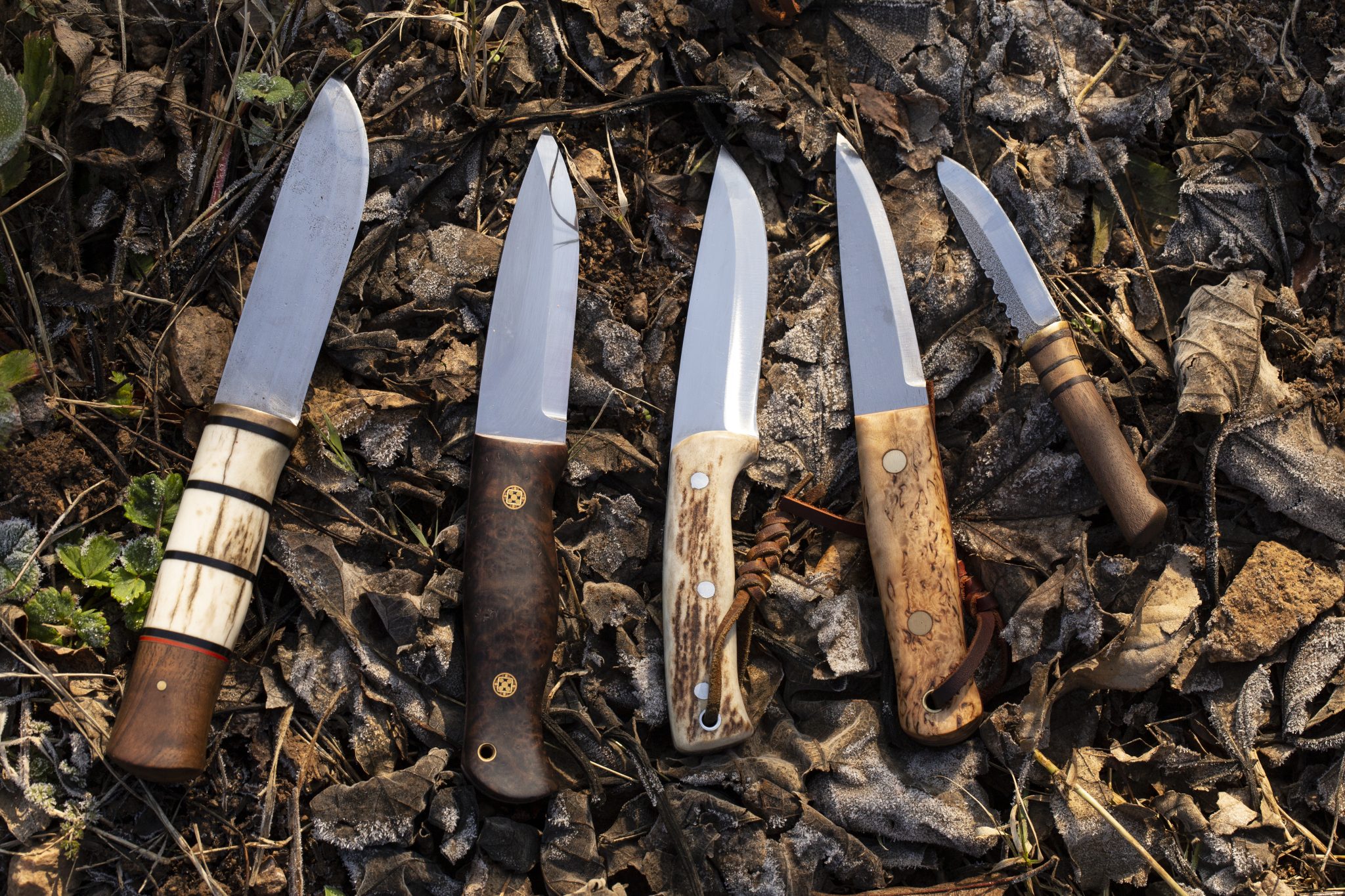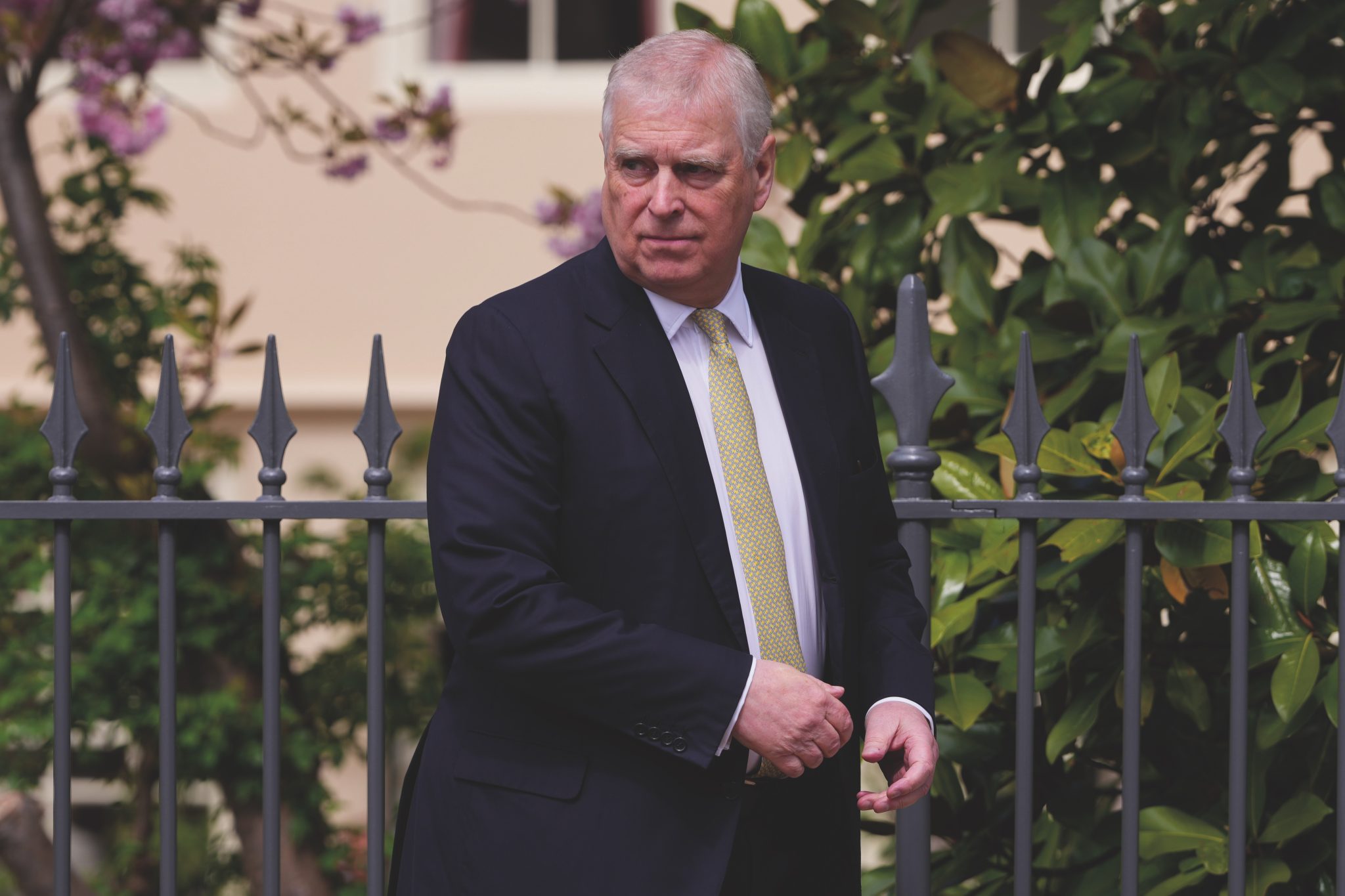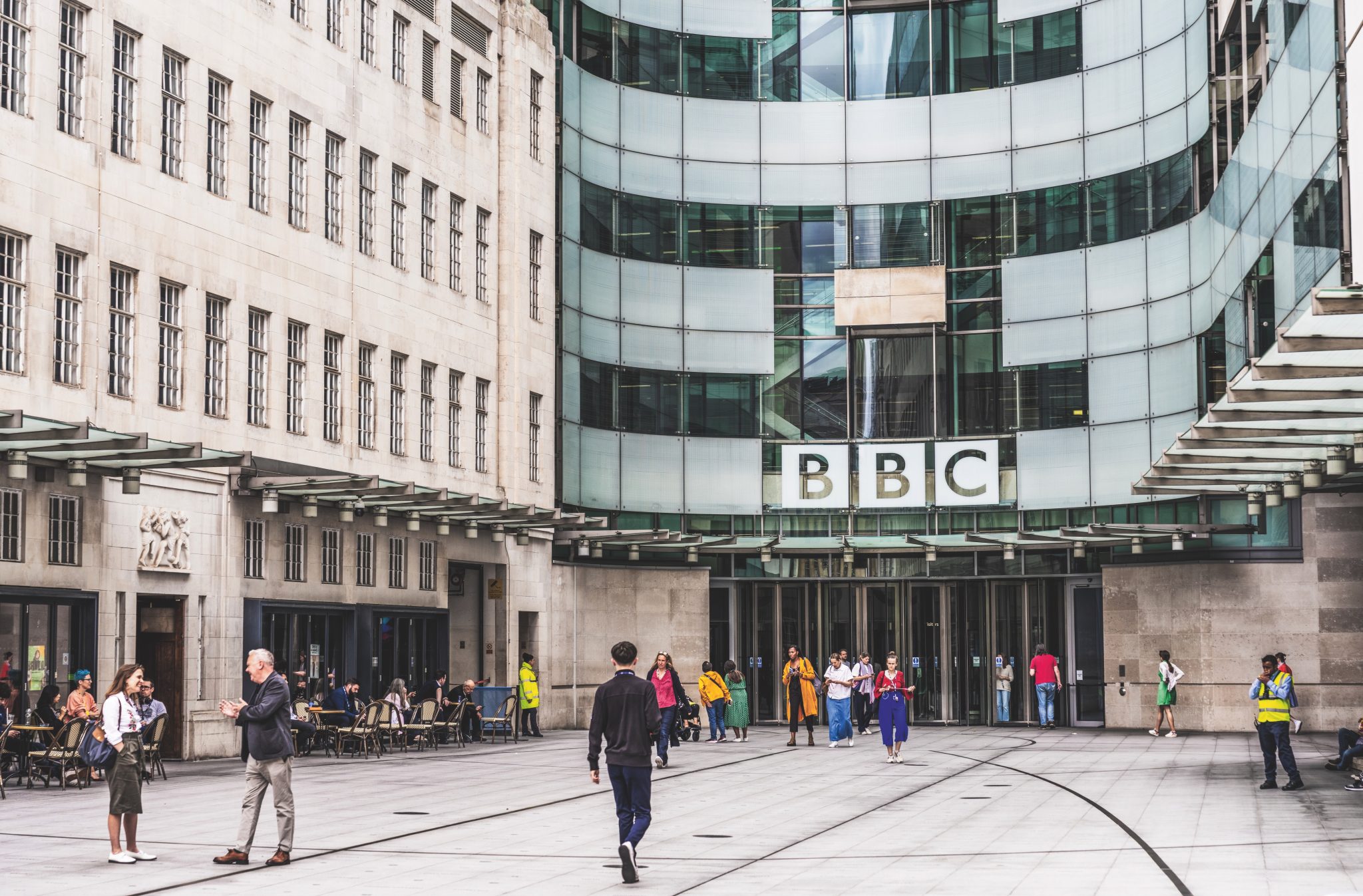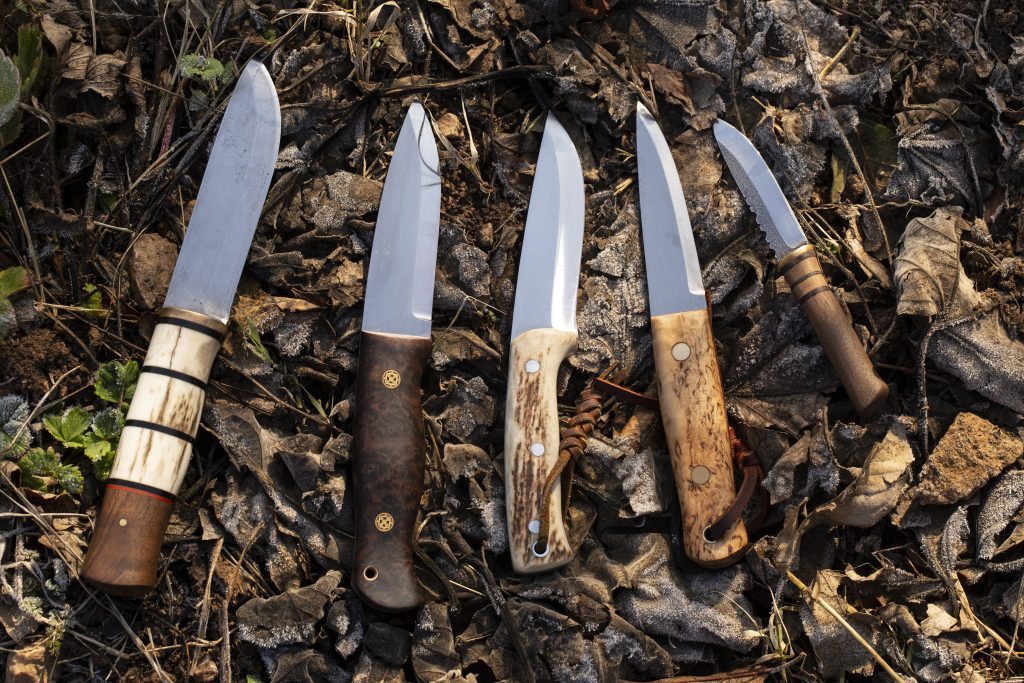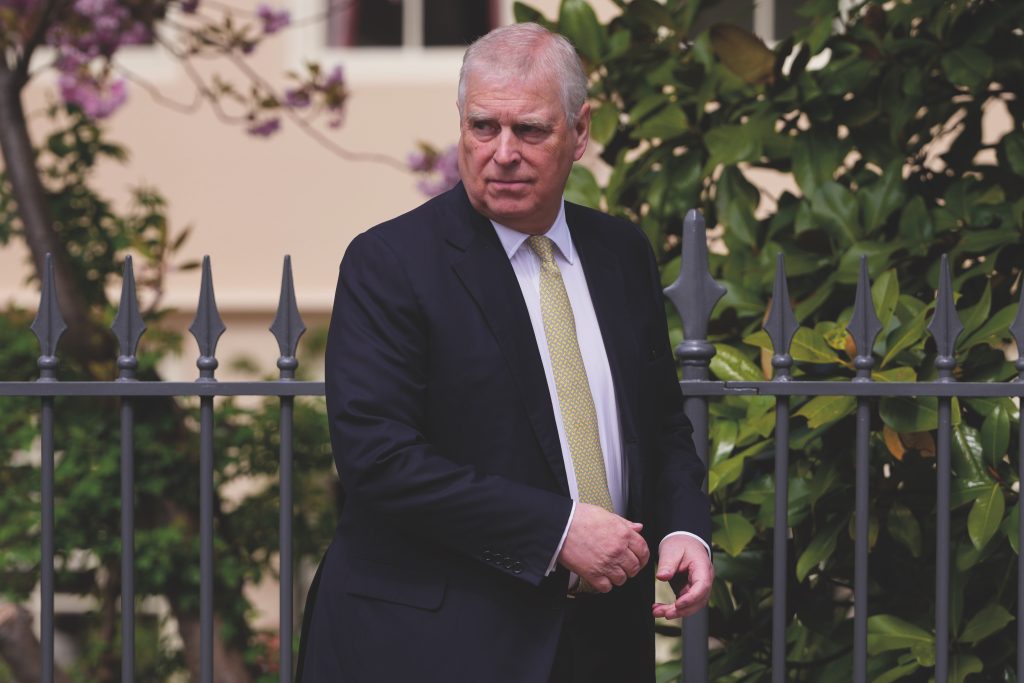Win CENS ProFlex DX5 earplugs worth £1,149 – enter here
England’s provincial gunmakers (cont’d)
Shooting Times discovers quality workmanship and high standards alive and well beyond the London and Birmingham gun trade
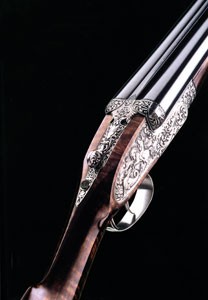
Another company to be revived by the passion and foresight of a gunmaking devotee is Atkin Grant & Lang, based at the Broomhills Shooting School, in Hertfordshire. Ken Duglan served his apprenticeship with the triumvirate 30 years ago and still pinches himself to confirm that he now owns the famous names. The company, with four full-time gunmakers as well as a number of satellite craftsmen, makes on average six to eight new guns a year to the original designs set out by Henry Atkin, Stephen Grant and Joseph Lang.
“The small calibres with long barrels are currently very popular, especially the Atkin spring-opening sidelock and the Grant sidelever,” says Ken. “We do a great deal of work with rebuildings, too. As long as the owner has the original action, which conforms to the right model and condition, we can rebuild a gun to make it look brand new. As such, you have a Best-quality gun at half the price. We recently rebuilt a pair of 20-bore sidelock ejectors originally made for the US banker J. P. Morgan in the 1920s and, to look at them now, you wouldn’t believe that they are not brand new.”
Ken can also provide a large inventory of second-hand English-made pairs, as well as a handful of high quality Continental guns. “We have more to do at the moment than we have time for,” he says. “The CLA Game Fair last month was especially good for business. I think it was probably our second busiest ever.”
Master barrel-maker Philip Turner relaunched the old London marque Bozard & Co, setting up a workshop in Lambourn, Berkshire. He sat an apprenticeship with Purdey, before jumping ship to join Holland & Holland where he developed his skills as a barrel-maker. And though he builds and resleeves tubes for many of the famous names, he has also developed
a relationship with independent artisans who can create handmade actions, stocks, engravings and finishings to build a bespoke Bozard from scratch. The round or square action, sidelock and side-by-side shotguns come in all calibres from .410 to 10-bore.
“These guns take hundreds of hours of time-honoured skills passed down through generations of craftsmen,” explains Philip. “The only drawback is that you need to be patient. All work is done by hand only. Delivery time for a sidelock is 18 months to two years.”
Philip would love to spend all his days making new guns, but as that would only amount to two a year, he would never make
a living from it. His bread-and-butter work, therefore, is repairs and servicing barrels, from dent-raising and choke alterations to rejointing and tightening, to stock refinishing and lengthening either in wood or with a recoil pad. The Best London barrel-blacking is carried out on the premises, as well as barrel-browning.
Philip was grateful for the opportunity and training he received as a youngster at Purdey and so was keen to pass on his experience to another newcomer. Eighteen-year-old Aron Day is serving a part-time apprenticeship at Bozard, where he is learning Philip’s tricks of the trade. In the months before the shooting season, Philip’s workload can greatly increase as
Shots realise they have a problem with their gun from the season before.
“Most people will look after their guns very well, cleaning and oiling them regularly,” he says. “But a few weeks before the start of the season we always get a few with ‘lawnmower syndrome’. They tend to put their gun away in the slip in February and take it out in September, by which time it has festered and rusted. We then have to sort it out.”
Due to the large expense of building a gun from start to finish, coupled with the marketing and sales costs, it is perhaps no surprise that several skilled gunsmiths prefer to concentrate on repairs, modifications or specialist work rather than go the whole hog. Therefore, establishments such as F. F. Whyman near Reading, owned by trained gunsmith Frank Whyman, is well equipped for any task from a strip and clean to a full renovation, even if it also makes its own guns. Likewise, Jason Abbot near Thame, in Oxfordshire, has an active workshop, offering repair services.
Several gunmakers concentrate on the refurbishment side of the profession plus selling second-hand shotguns and rifles, but they will make a bespoke gun for special clients if asked. Frederick Beesley in Little Chalfont, Buckinghamshire, will build side-by-sides and over-and-unders of all calibres, continuing the tradition of the “Inventor to the London gun trade”, whose spring opening gun design of the 1880s is still used by Purdey to this day.Likewise, I. M. Crudgington of Bath will
take on any job from strip and clean to total rebuilding, but also take on orders for new guns, in particular the Gibbs .505, the largest magazine bolt action rifle made today.
In the village of Alvechurch, just outside Birmingham, the firm of A. A. Brown is making exquisite sidelocks, just as it has done since Albert Arthur Brown started the company in 1938. Three generations later, the family firm is run by Robin Brown, who was trained as an apprentice when he left school aged 16. The company only makes a few of its top-end guns
each year, complete with the unique ABAS trademark on the action flats.
Flying the flag for the gun manufacturing trade in the north of England is W. Richards, the great Liverpool name, which began making Best-quality guns in 1780. During the 19th century its craftsmen were producing some of the most sought after guns in the Empire, which allowed the firm to acquire a stable of other firms including Williams & Powell and the pistol maker Patrick. As the gun trade diminished during the mid-20th century, the firm put its eggs in the pistol basket, a decision which backfired following the Dunblane tragedy in 1996 and the resulting legislation.
However, in 1999, engineer Chris Caine bought the rights to the name and set about rebuilding W. Richards’ reputation, employing a team of highly skilled outworkers based in Birmingham. He now has the assistance of former workers from W. W. Greener and Birmingham’s Westley Richards, together with a former E. J. Churchill engraver, Phil Duffil, stocker Gordon Salisbury and the well-known case-hardening specialist Ray St Leger. His company also holds the rights to the handmade gunmakers Thomas Horsley.
Shooting Times’s Gunroom columnist Bill Harriman says that it is no surprise that so few gunmakers remain in the north of England. “There were never many there in the first place,” he explains. “The current provincial gunmaking scene is similar to how it used to be in Birmingham in the old days, with manufacturers using outworkers to build new guns. But with modern couriers, you don’t have to live in big conurbations and pay high overheads. Indeed, you could say that the provinces are Birmingham dispersed.”
Contact details:
Holloway & Naughton: tel 01162 596592
or visit www.hollowaynaughton.co.uk
I. M. Crudgington: tel 01225 464928
or visit www.gun-dealer.co.uk
E. J. Churchill: tel 01494 883227
or visit www.ejchurchillgunmakers.com
Jason Abbot: tel 01844 281765
or visit www.jasonabbotgunmakers.co.uk
L. W. Butler: tel 01494 533388
Atkin Grant & Lang: tel 01582 842280
or visit www.atkingrantandlang.co.uk
Cogswell & Harrison: tel 01753 520866
or visit www.cogswell.co.uk
Frederick Beesley: tel 01494 762370
or visit www.frederickbeesley.org
Bozard & Co: tel 01488 670303
or visit www.bozardandco.com
W. W. Greener: tel 01666 510351
or visit www.wwgreener.com
W. Richards: tel 01759 305088
or visit www.wrichardsguns.co.uk
A. A. Brown & Sons: tel 01214 455395
or visit www.doubleguns.co.uk
F. F. Whyman: tel 01189 302704
What is YOUR view? Does English gunmaking have a strong future?
Join other ST readers in our forums to discuss your views.
Like this article? Mark this page on a social bookmarking website…
Related Articles
Get the latest news delivered direct to your door
Subscribe to Shooting Times & Country
Discover the ultimate companion for field sports enthusiasts with Shooting Times & Country Magazine, the UK’s leading weekly publication that has been at the forefront of shooting culture since 1882. Subscribers gain access to expert tips, comprehensive gear reviews, seasonal advice and a vibrant community of like-minded shooters.
Save on shop price when you subscribe with weekly issues featuring in-depth articles on gundog training, exclusive member offers and access to the digital back issue library. A Shooting Times & Country subscription is more than a magazine, don’t just read about the countryside; immerse yourself in its most authoritative and engaging publication.



